Introduction In the dynamic realm of enterprise architecture, the TOGAF 10 standard emerges as a beacon of innovation and adaptability.
Continue reading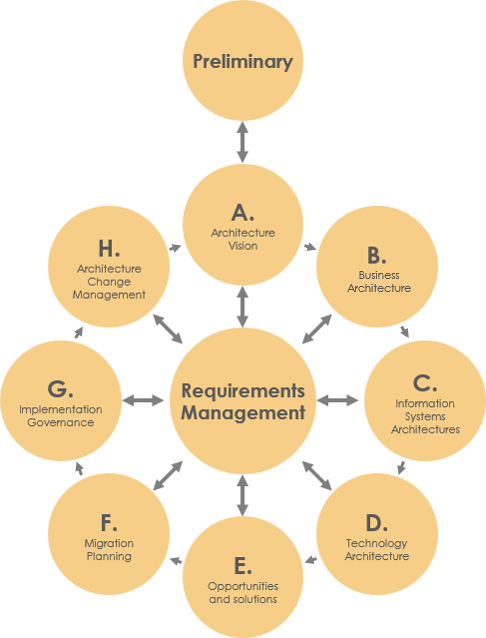
Learning one new thing everyday


Introduction In the dynamic realm of enterprise architecture, the TOGAF 10 standard emerges as a beacon of innovation and adaptability.
Continue reading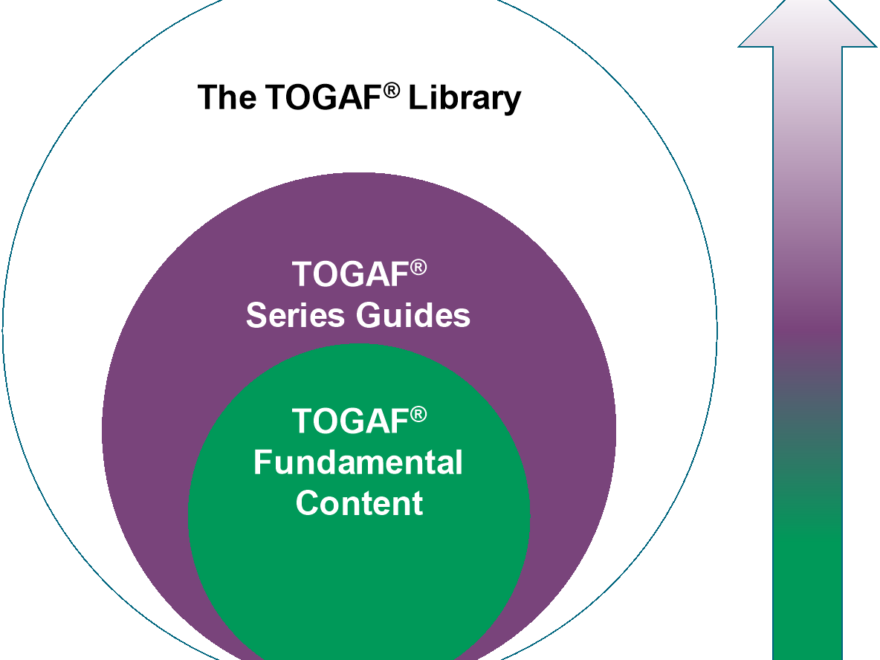
Introduction TOGAF 10, the latest rendition of The Open Group Architecture Framework, known as TOGAF Standard, 10th Edition, introduces several
Continue reading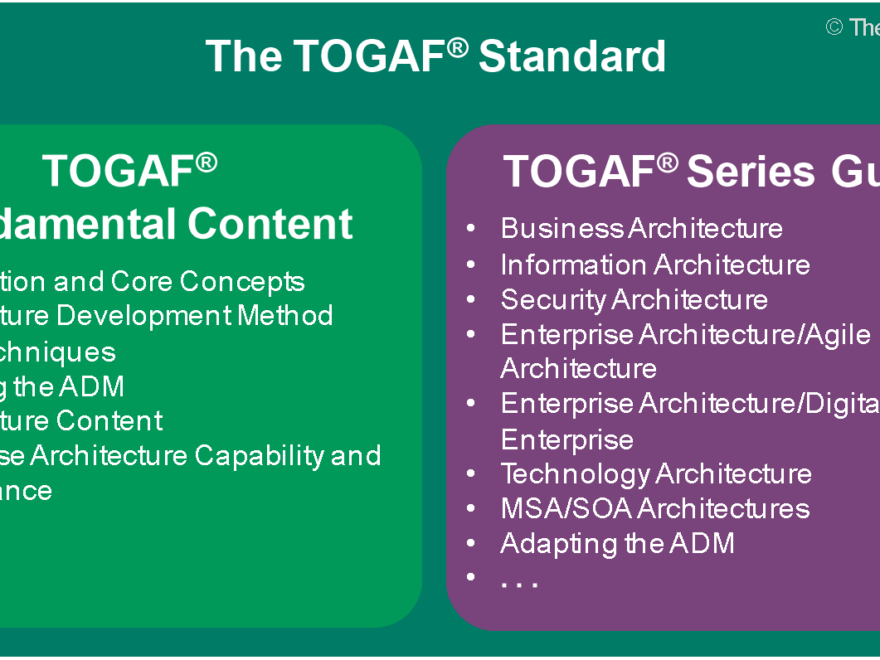
Introduction The unveiling of the TOGAF® Standard, 10th Edition marks a significant leap forward in the realm of Enterprise Architecture
Continue reading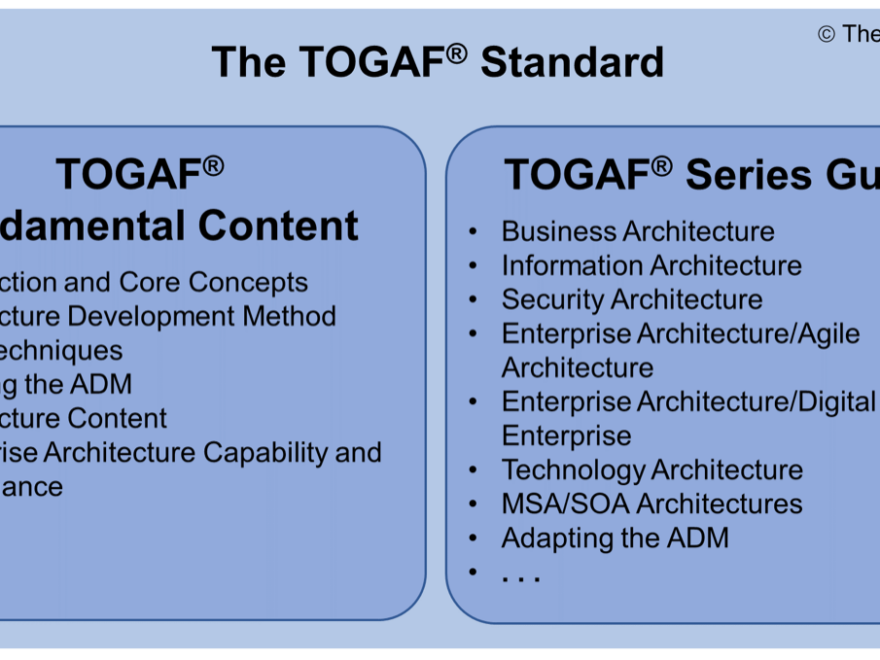
The eagerly awaited TOGAF Standard, 10th Edition has finally arrived, promising a plethora of enhancements and features to streamline the
Continue reading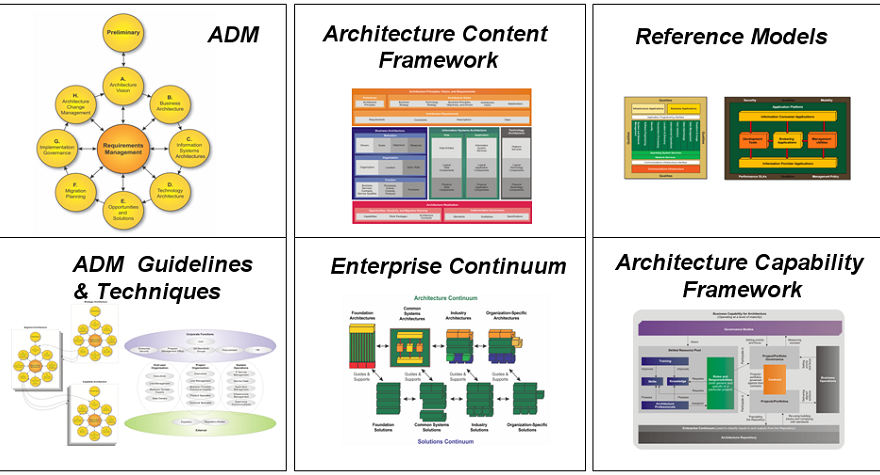
The Open Group Architecture Framework, or TOGAF®, isn’t just a catchy acronym; it’s a dynamic tool that has been guiding
Continue reading
Introduction Embark on a journey through the intricate world of TOGAF’s Architecture Development Method (ADM) with our comprehensive guide. As
Continue reading
Video marketing is effective for several reasons. Firstly, videos have a higher engagement rate compared to other forms of content,
Continue reading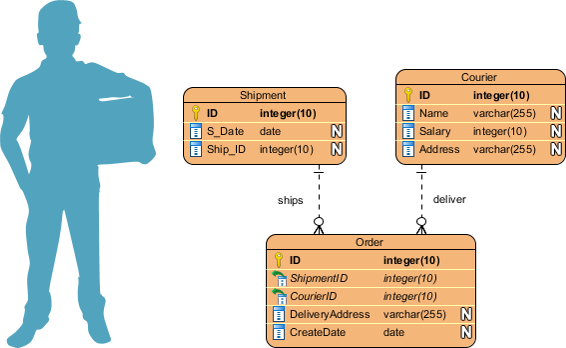
Entity Relationship (ER) diagrams provide a powerful way to visually represent the data requirements of a system and the relationships between different entities. They are particularly useful in database design, where understanding the relationships between various entities is critical to creating an efficient and effective database structure. ER diagrams help to identify the different entities, their attributes, and the relationships that exist between them, providing a comprehensive overview of the data model.
Continue reading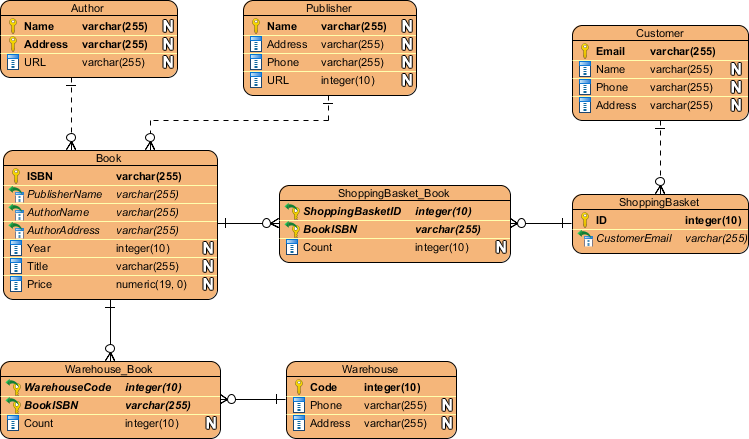
In the realm of data modeling and database design, the entity-relationship diagram (ERD) is an essential tool that plays a vital role. It serves as a visual representation of data, aiding in the description of the relationships between entities and their attributes. By displaying the relationships between entities in a clear and concise manner, ERDs provide an excellent means of modeling intricate systems and identifying how different entities are interconnected.
Continue reading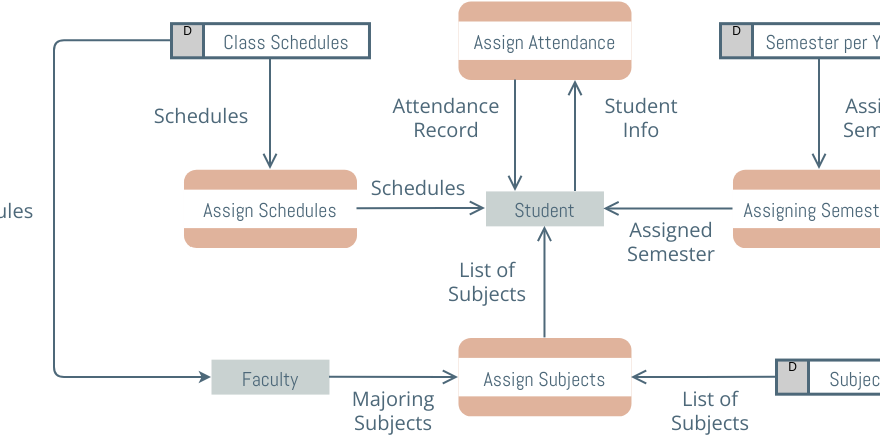
Data flow diagrams (DFDs) are visual representations that illustrate the flow of information within a system. They are used to describe the processes and data flows in a structured manner, and are useful in analyzing, designing, and documenting information systems.
Continue reading